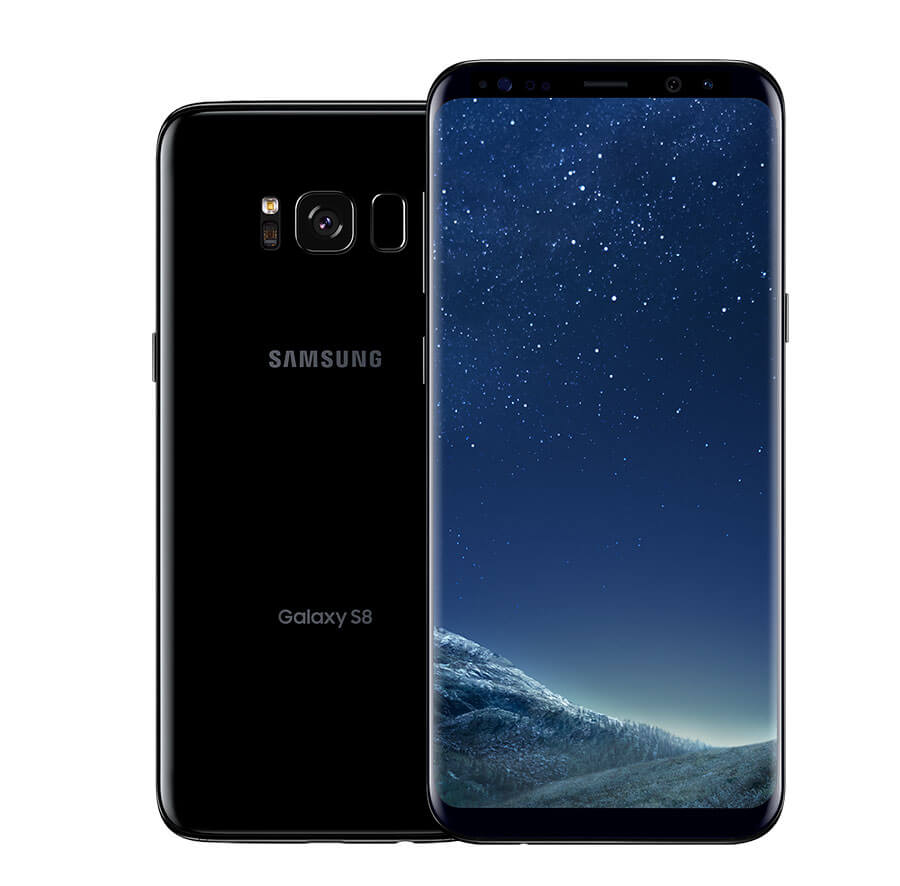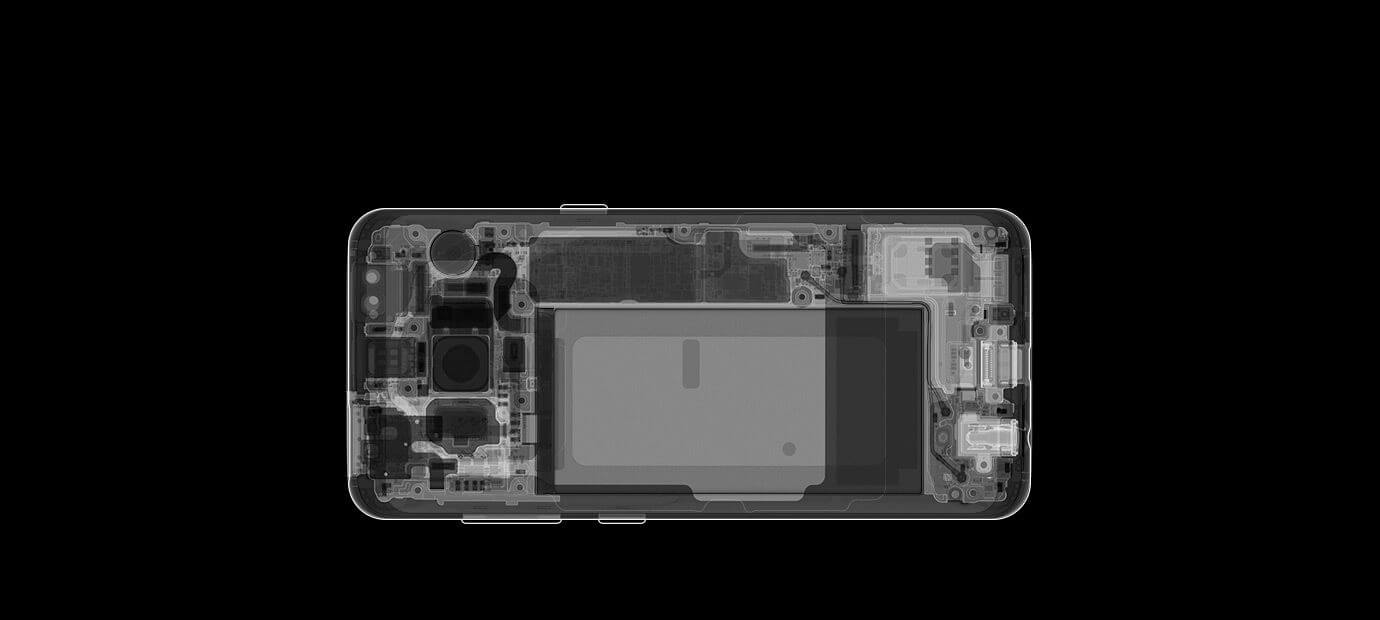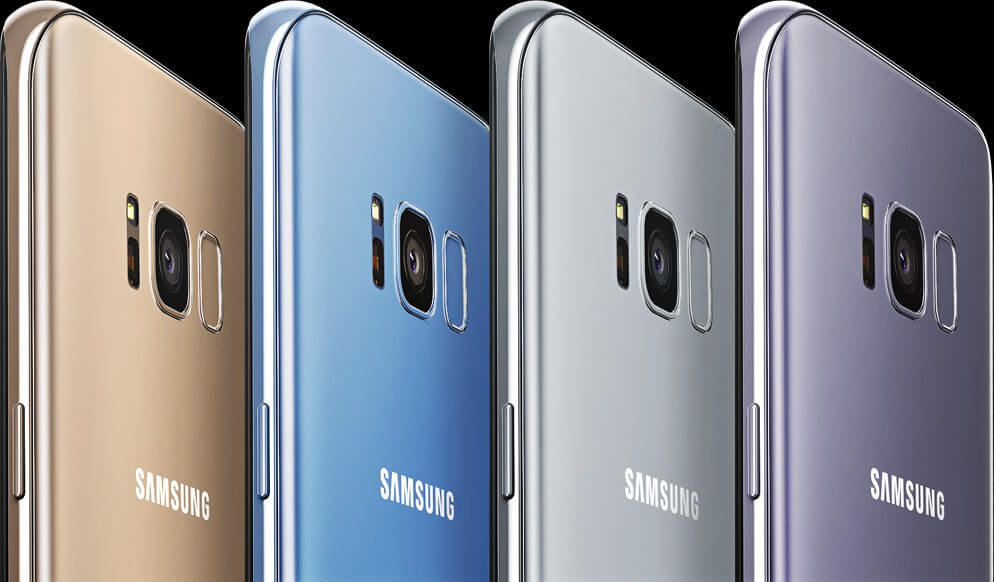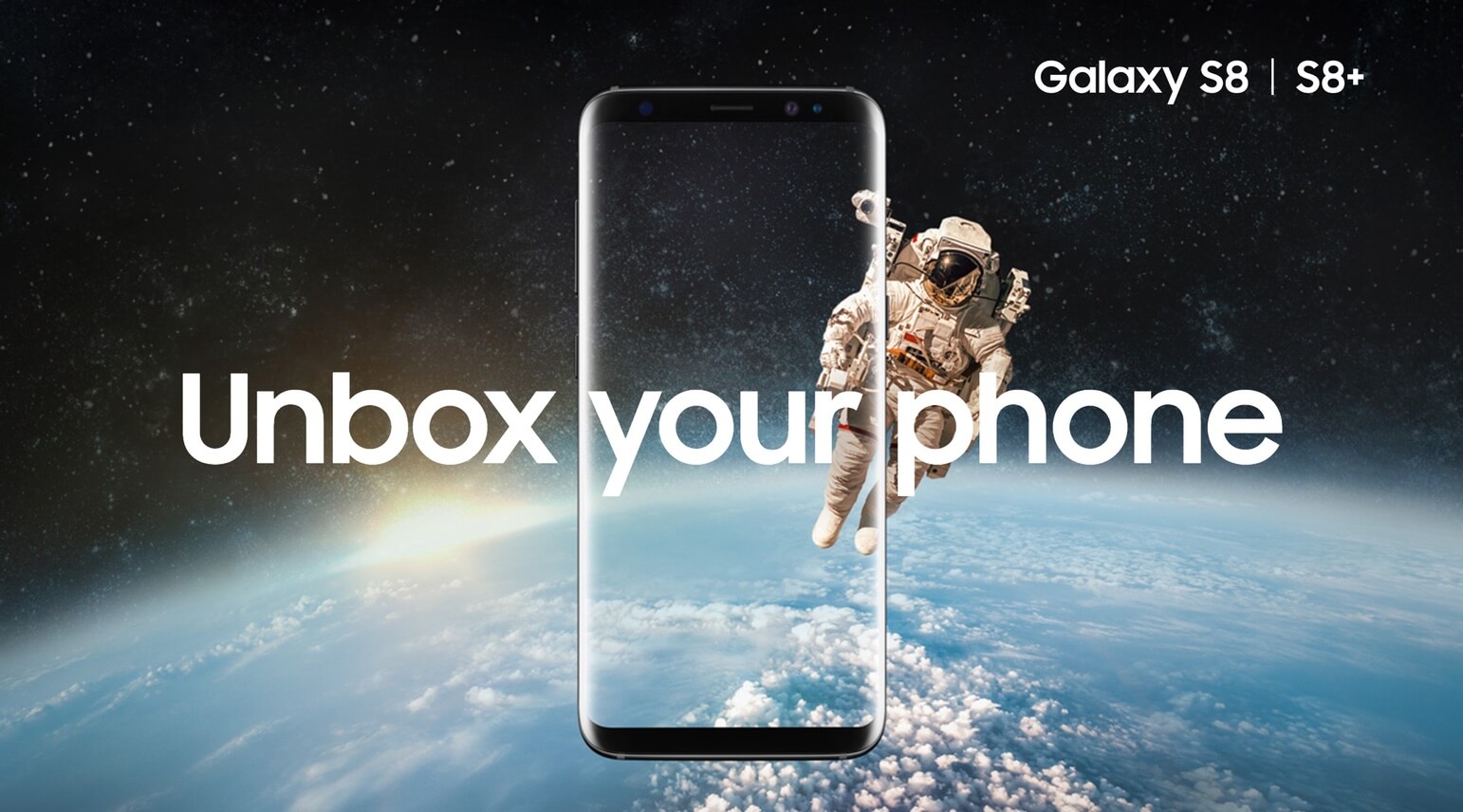Samsung's new Galaxy S8 and Galaxy S8+ are official. Easily one of the most anticipated tech launches of the year, the Galaxy S8 is meant to lead the Android pack and innovate ahead of the next-generation tenth-anniversary iPhone coming in September. Not to mention for Samsung it also signifies putting much of the shameful Note 7 episode behind.
The Galaxy S8 is clearly an evolution of its predecessor, taking the curved display and edges to a new dimension, the screen covers almost the entire front of the phone (about 83% of it, Samsung calls it "Infinity Display") which definitely looks great but perhaps more importantly, it manages to cram more screen in a smaller footprint. Those who have had an early encounter with the phone are saying the phone is very refined, really nice to hold, "a stunning smartphone design," or "the sexiest phone ever made," so first impressions are certainly positive.
But despite all this refinement, Samsung appears to have struck a good balance of what features it's removed and which it's kept. The home button is gone, with software buttons and haptic feedback replacing it, however if you ever feel stuck with no visible buttons on a given app, just press down hard the bottom of the phone and it will function as home.
The fingerprint scanner has moved to the back, in a less than ideal position right next to the camera, but we hope once you are used to it, it'll work fine. On the bottom there's a USB-C charging port (in addition to wireless charging) and headphone jack, on the right you have your power/lock button, while on the left you'll find volume buttons and a dedicated button for Samsung's Bixby assistant, more on that below.
The Galaxy S8 and Galaxy S8+ share most specifications across the board. In the US, the phones will be powered by the new 10nm Qualcomm Snapdragon 835 SoC, while other regions may get either the Snapdragon or Samsung's own Exynos 8895. Other hardware specs include 4GB of RAM, 64GB of internal storage, microSDXC support up to 256GB, a 12-megapixel dual pixel camera, an 8-megapixel front-facing camera and IP68 waterproofing. NFC and MST are available as before for Samsung Pay, Bluetooth 5 which offers better range and speed, and Wi-Fi g/n/ac. The devices will run Android 7.0 Nougat.

The only two major differences between the Galaxy S8 and Galaxy S8+ are their overall size and displays (5.8-inch QHD+ 570ppi vs. 6.2-inch QHD+ 529ppi) and the batteries (3,000 mAh vs. 3,500 mAh). Clearly this time Samsung is not even attempting to push the envelope in the battery department, but capacities go in line with previous flagships, and the larger S8+ matches the battery size the Note 7 had.
Samsung has also built in a new iris/facial recognition feature. The iris scanner was first introduced in the Note 7 and can be used to unlock the phone or access secure folders. Samsung even claims it's more secure than the fingerprint sensor. While the front-facing camera has face detection that can also unlock your phone, it's faster but much less secure and meant to be a convenience feature that nonetheless can be fooled.
It should be noted that the main camera on the S8 is the same 12-megapixel sensor with OIS from the S7 (a fine phone camera, by the way), with new software improvements which may help with processing and together with the new SoC possibly a faster overall experience. The front/selfie camera has received a bump in specs however.

Bixby, Samsung's own digital assistant is debuting alongside the Galaxy S8. The assistant gets a dedicated button on the left side of the phone, just below the volume controls. Much like Google Assistant, Bixby is context-aware and is meant to combine voice and touch interactions, with Samsung intending Bixby to be able to control all of your phone's functions via voice, though right of the bat it'll only work with about 10 Samsung apps.
Samsung's vision for Bixby goes beyond the phone, eventually the assistant will be embedded within all its appliances and create an ecosystem, so you can control your air conditioner or TV through Bixby, but we'll see about that a year from now. At launch Bixby will be available in English and Korean, with Chinese and Spanish to follow later.

To round things off, there's another major feature in the Galaxy S8: DeX.
Samsung's own version of Microsoft Continuum relies on NFC and USB-C, you drop the phone into a specialized dock that connects to a monitor and keyboard and it'll transform your smartphone into a secure desktop. We've seen plenty of forgettable similar solutions in the past (Motorola Atrix, anyone?), however the idea has remained alive and waiting until a more seamless and fast enough solution arrives. Maybe the S8 will be it, considering the very capable SoC inside.
We're hearing good things about the S8 DeX desktop experience. It resembles Windows, works fast with a few optimized applications like Microsoft Office and Adobe Lightroom already available, and for businesses it's ready to offer a virtual Windows 10 solution via VMWare and Citrix. The dock will cost $150 which gets you two USB 2.0 ports, Ethernet, an HDMI output, and a USB-C charging port. Apparently the dock will limit display output to 1080p, which might be its single major downside.
As with previous releases, Samsung is not in direct control of distribution. Pricing is up to the carriers with premium pricing expected in the order of $750 for the Galaxy S8, and $850 for the larger S8+. Major carriers including T-Mobile, AT&T and Verizon have opened pre-orders, with a few early offers trying to sweeten the deal. Best Buy is the one retailer that will also carry the phone on day one.
Oh, and all Galaxy S8 and S8+ will come with a pair of $99 Harman AKG earbuds out of the box.
Pre-orders begin March 30th with the phones expected to start shipping on April 21 in the US.
